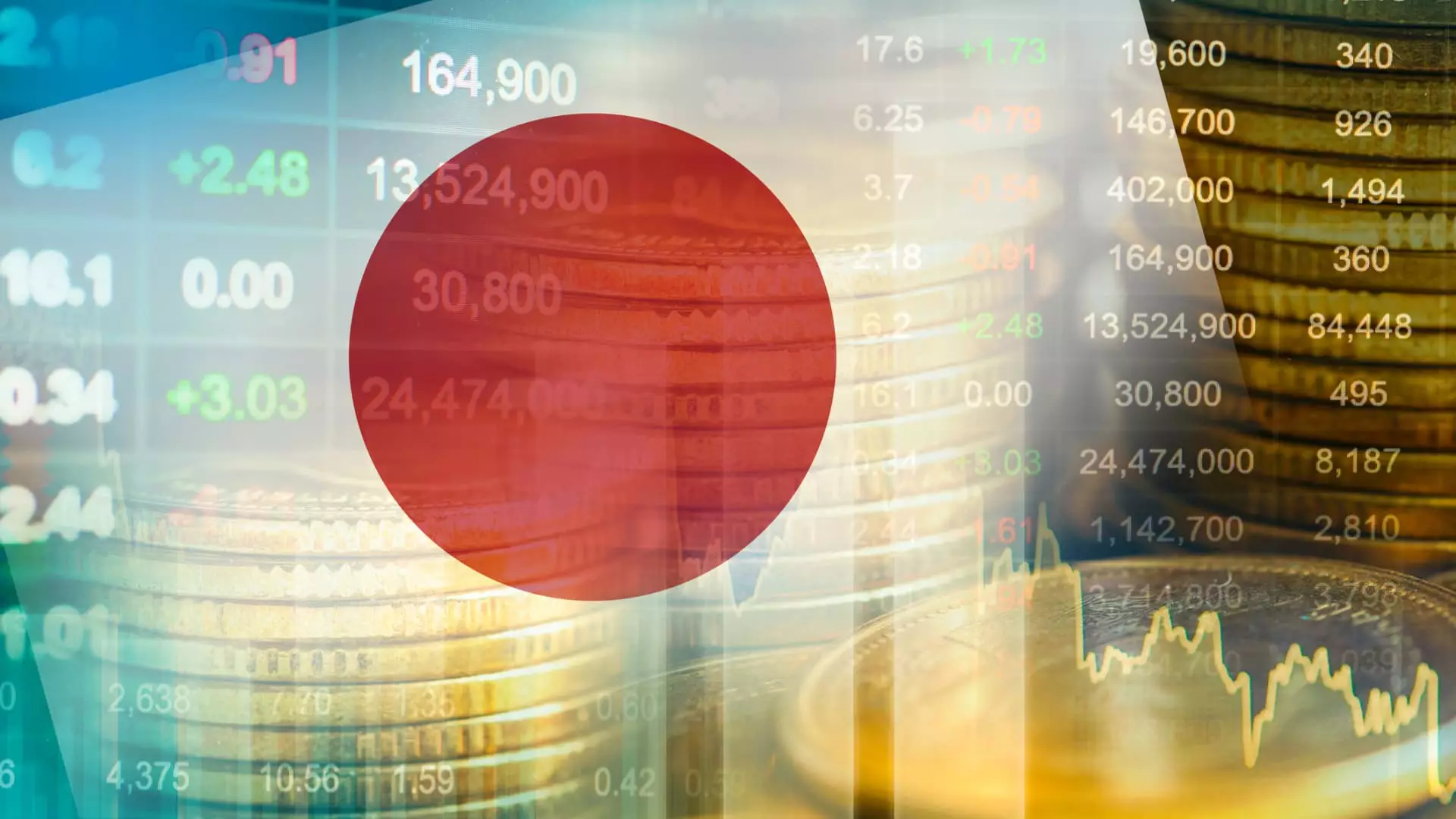The private equity landscape in Asia Pacific saw a significant shift last year, with the total value of deals falling to its lowest since 2014. This decline can be attributed to various factors, including slowing growth, high interest rates, and volatile public markets. Fundraising also hit a 10-year low, painting a challenging picture for investors in the region.
Japan’s Unexpected Growth
Despite the overall decline in the region, Japan emerged as a standout performer, with deal value skyrocketing by 183% in 2023. This surge catapulted Japan to the top spot as the largest private equity market in Asia Pacific for the first time. The country’s attractiveness lies in its deep pool of target companies ripe for performance improvements, as well as the corporate governance reform pressure on Japan Inc to shed non-core assets.
The Asia-Pacific region as a whole experienced a more than 23% drop in deal value, totaling $147 billion. This figure is also 35% below the 2018-2022 average, highlighting a consistent trend with the global economic slowdown. Moreover, it is nearly 60% lower than the peak value of $359 billion recorded in 2021, indicating a challenging environment for private equity deals.
Exits and the Uncertain Outlook
Exits in the Asia-Pacific region took a hit, plunging by 26% to $101 billion in 2023 compared to the previous year. A significant portion of these exits, around 40%, were conducted through initial public offerings, with Greater China dominating the IPO exit value. However, excluding Greater China, the total exit value in Asia Pacific was only $65 billion. The outlook for exits in 2024 remains uncertain, but proactive private equity funds are already strategizing to maximize returns.
Exploring Alternative Asset Classes
To navigate the challenging landscape, many private equity funds are turning to alternative asset classes. Areas such as infrastructure operations, renewable energy storage, data centers, and airports are being explored for their medium to high returns potential. This shift reflects a diversification strategy aimed at adapting to changing market conditions and maximizing returns for investors.
Buyouts took center stage in Asia Pacific last year, constituting 48% of the total deal value. This surpassed the value of ‘growth deals,’ which typically involve fast-expanding companies disrupting industries. This shift in deal structures underscores a changing investment landscape where investors are increasingly focused on value creation and operational improvements.
Future Investment Opportunities in Asia-Pacific
Despite the current challenges, private equity firms are eyeing opportunities in Japan, India, and Southeast Asia over the next 12 months. These markets are seen as favorable for private equity investments, with potential for lucrative returns. Preqin’s 2023 investor survey supports this sentiment, highlighting the growing interest in the Asia-Pacific region among global investors.
The private equity landscape in Asia Pacific is undergoing significant changes, driven by shifting market dynamics and economic conditions. While challenges persist, proactive strategies such as exploring alternative asset classes and focusing on value creation are key to navigating the evolving landscape successfully. With careful consideration and strategic planning, private equity investors can capitalize on emerging opportunities in the region despite the current uncertainties.

